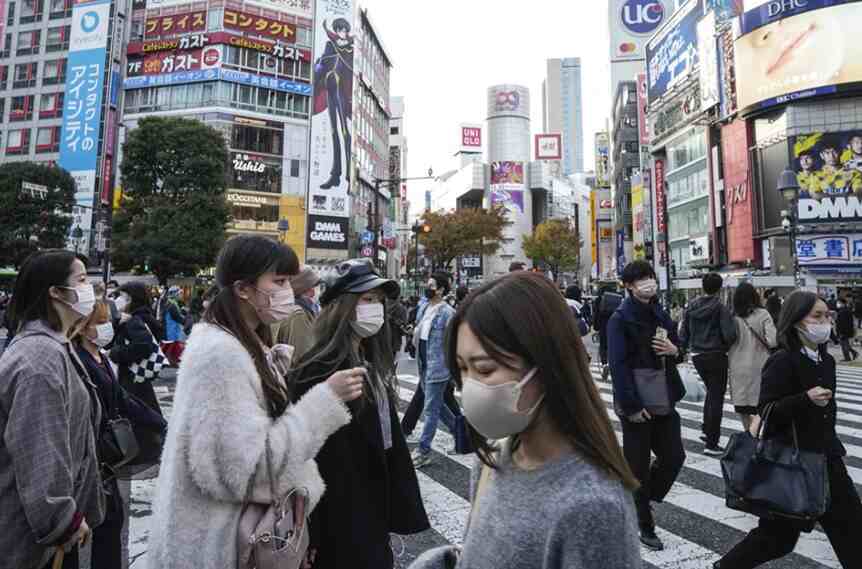Japan’s inflation may have peaked as commodity prices stabilize, the boost from the lifting of COVID-19 pandemic curbs faded last month, and services price growth also slowed. The data heightens the chance that the Bank of Japan will revise this year’s inflation forecast at its quarterly review next week but is unlikely to take any pressure off a long-held goal of phasing out massive stimulus.
The country’s core consumer price index, excluding fresh food, rose 3.3% in June from a year earlier, matching forecasts by experts polled by Reuters. That was a slight acceleration from the 3.2% rise seen in May, but still leaves it far above the BOJ’s 2% target. A measure stripping away the effect of energy costs slowed a bit, too, reflecting a sharp drop in oil prices that has cut import costs and helped avert price increases for consumers.
A key gauge of wage pressures, the core private consumption expenditure index excluding energy, rose 2.4% in June from a year earlier, also in line with forecasts. This measure is closely watched as it gives a glimpse at future inflation trends and is the basis for the BOJ’s assessment of whether its policies effectively achieve its price stability goal.
Inflation has been driven mainly by rising food prices, surging global crude oil prices, and the weaker yen’s impact on the cost of imported goods. The BOJ is concerned that such a trend could drag on exporters, who form the backbone of the economy.
Analysts expect a slowdown in both measures of inflation. They are forecasting that core CPI will ease to 3.0% in January and that a deeper measure of inflation that excludes energy prices will also fall below 4%, weighed down by a likely rebound in electricity prices after the government introduced subsidies in December, which are expected to lower bills by about 20%. They also see a sluggish services sector and that spring salary negotiations will not catch up to real wage gains as factors that weigh on consumer spending.
The BOJ will likely keep its ultra-loose monetary stance unchanged, with new Governor Kazuo Ueda pledging to continue the “yield curve control” policy until desirable inflation returns. That means keeping short-term interest rates at minus 0.1% and 10-year bond yields near zero percent.
Investors are looking for hints of a policy shift as the BOJ’s new chief faces the tricky task of accelerating recovery while reining in stubbornly high inflation. The market has been betting that the BOJ will tweak its policy in July to address concerns about distortions caused by its yield curve control program. But many economists expect any change to be delayed until inflation and the economy are further solidified. That is unlikely to happen this summer, though. With a weakening global economy weighing on exporters, a firmer dollar hurting the competitiveness of manufacturers, and tame wage pressures, the BOJ will have to wait for the right moment to start winding down its stimulus.



